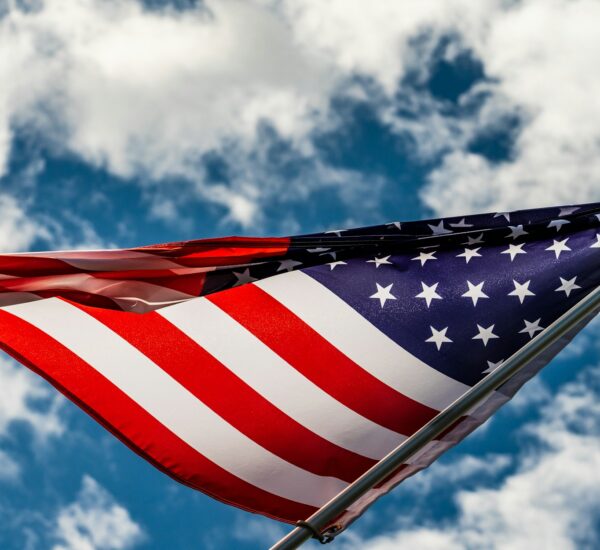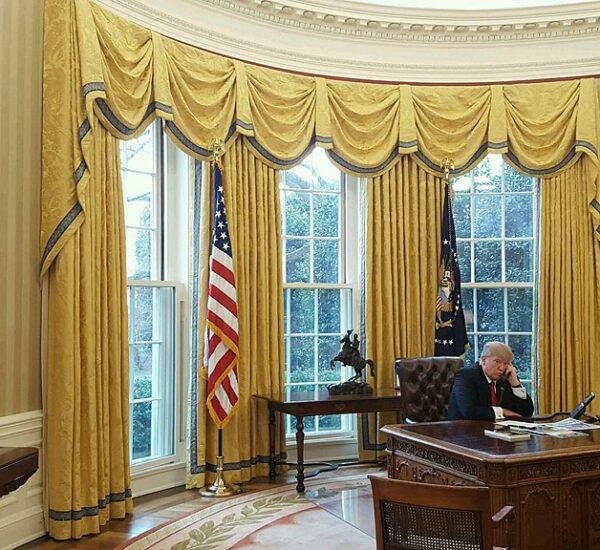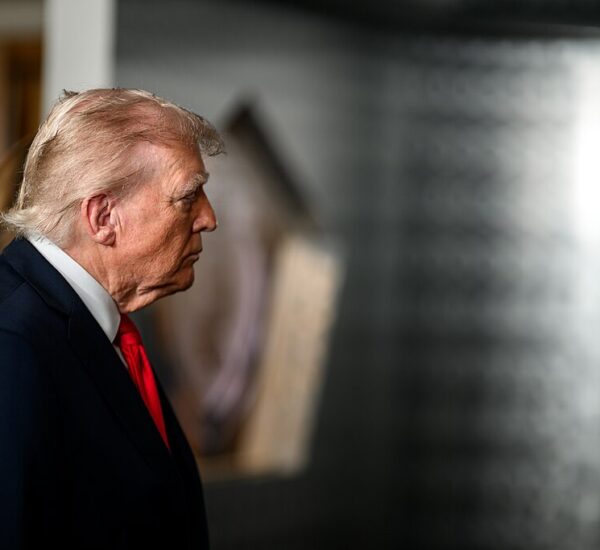Trump Cuts More Foreign Aid
Is America’s generosity abroad putting pressure on our healthcare system at home?
Over the past two decades, global maternal mortality rates have improved dramatically. But today, health bureaucrats are panicking over President Donald Trump’s firm stance on foreign aid reform—a move that many believe is long overdue.
According to a recent World Health Organization (WHO) report, the global rate of maternal deaths per 100,000 live births has dropped by nearly 40% since the year 2000. However, the WHO warns that U.S. foreign aid cuts could put that progress at risk, especially in countries like Nigeria, Ethiopia, and the Congo.
But here’s what they’re not telling you: the U.S. spent over $500 million on maternal and child health programs abroad in just one fiscal year. That’s $500 million in taxpayer dollars leaving our country—while American seniors, veterans, and rural hospitals are often left struggling for support.
Trump Puts America First: Foreign Aid Freeze Shakes Up Global Health Industry
On his first day back in office, President Trump signed an executive order freezing all foreign aid for 90 days. Within weeks, the administration halted hundreds of foreign assistance contracts and began a massive restructuring of the United States Agency for International Development (USAID).
Secretary of State Marco Rubio revealed that 83% of USAID’s contracts were canceled, and the agency’s remaining 900 employees were terminated by the end of March. According to global health advocates, this “pause” disrupted programs that provided birth control, pregnancy-related medications, and staff training in developing nations.
But for millions of Americans, it was a necessary reset.
Why Conservatives Support Ending Blank-Check Foreign Aid
For years, USAID operated with little accountability, handing out hundreds of millions for overseas maternal health, reproductive services, and abortion-linked “family planning” programs. Pro-life voters have voiced deep concern about how these funds have been used.
A January report from the Guttmacher Institute—an organization known for its pro-abortion stance—claimed that nearly a million women and girls were denied access to reproductive care during the freeze. But critics argue this is politically motivated fearmongering, designed to pressure U.S. leaders into keeping the global money pipeline flowing.
President Trump’s approach has been clear: If a program doesn’t benefit American citizens directly, it doesn’t deserve American tax dollars.
Foreign Aid or Foreign Dependency? The Hidden Cost of Global Health Spending
Leaked memos from USAID officials warned that over 16 million pregnant women might lose access to maternal health services as a result of the freeze. These memos also raised concerns about global supply chain disruptions for life-saving drugs like oxytocin and magnesium sulfate—often used to prevent maternal deaths from hemorrhage or pre-eclampsia.
Some health professionals fear this could result in more medical evacuations, increased migration, and even added strain on U.S. hospitals.
But again, the question remains: Why are U.S. taxpayers expected to prop up failing health systems overseas?
For many older Americans living on fixed incomes, that $500 million could be better spent here at home—on Medicare, Social Security, and care for American veterans.
The Bigger Picture: Prioritizing American Interests
President Trump’s foreign aid freeze has sparked outrage among international aid groups—but it’s a bold step that aligns with the values of conservative voters. For decades, foreign aid has ballooned with little oversight, often going to corrupt regimes or programs misaligned with American values.
This is not about turning our backs on the world—it’s about demanding accountability, efficiency, and results for every tax dollar spent.
As President Trump has said time and time again:
“The United States will no longer be the world’s piggy bank.”






